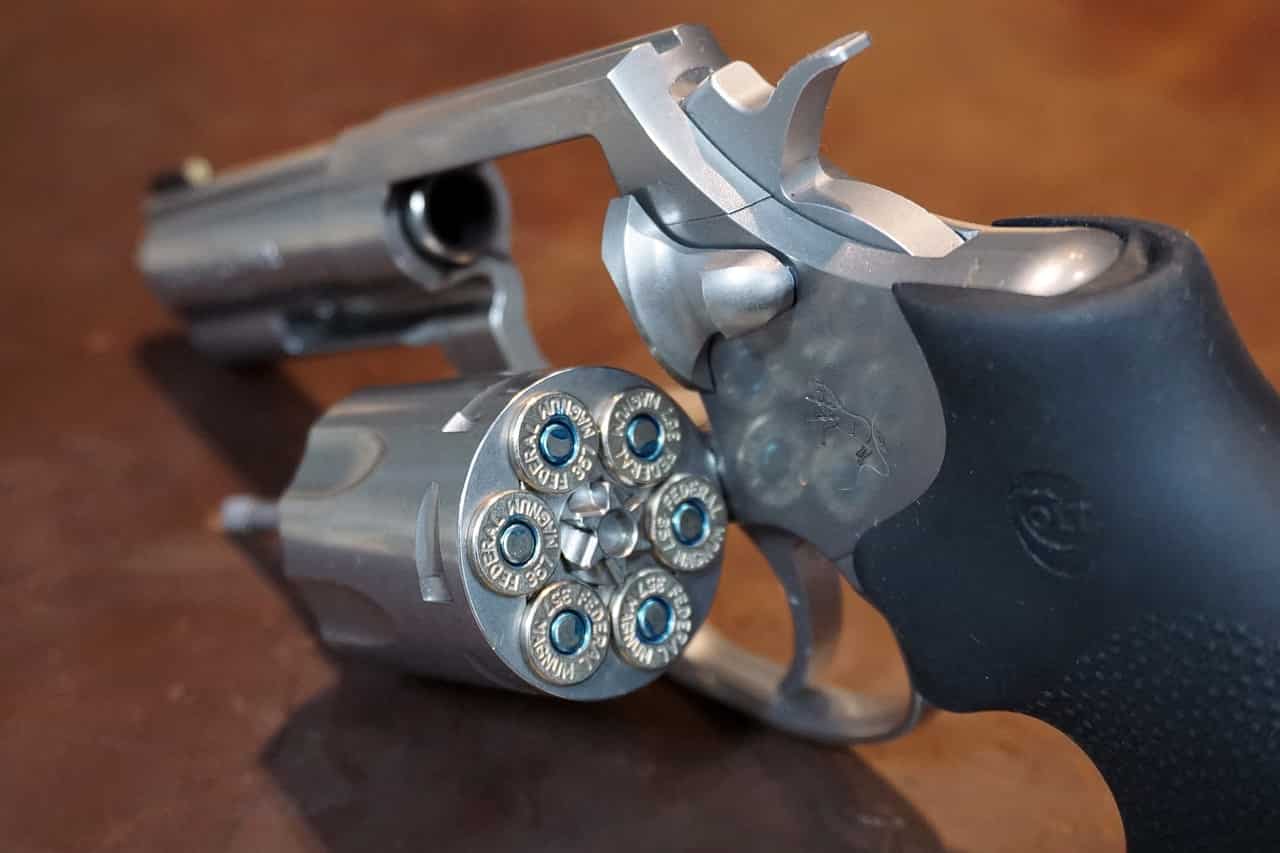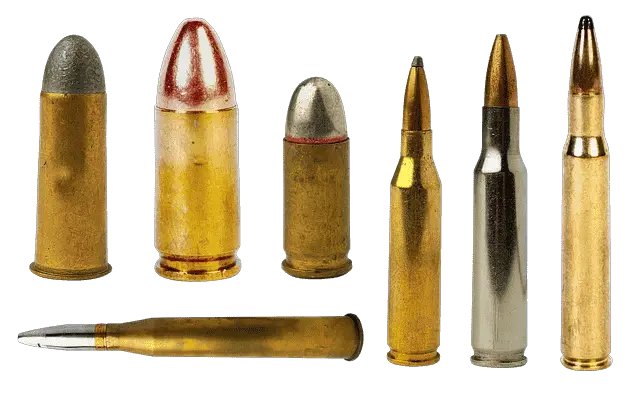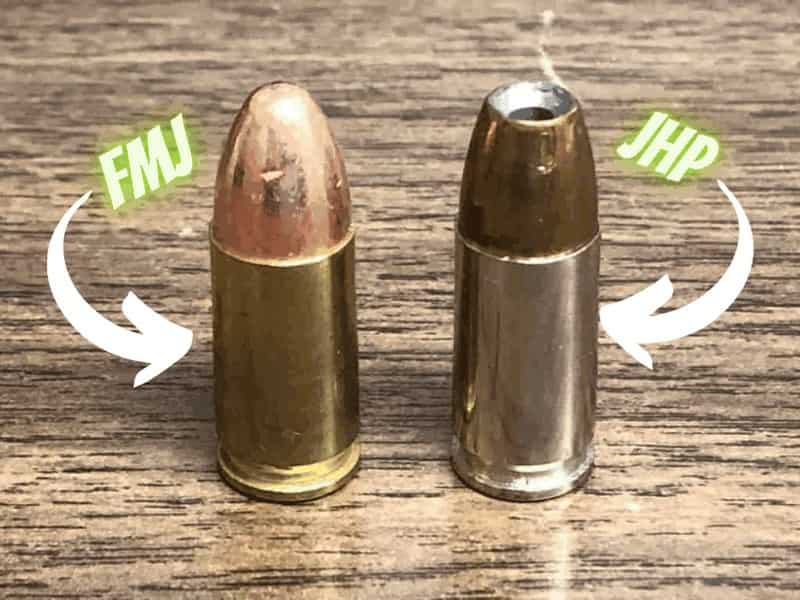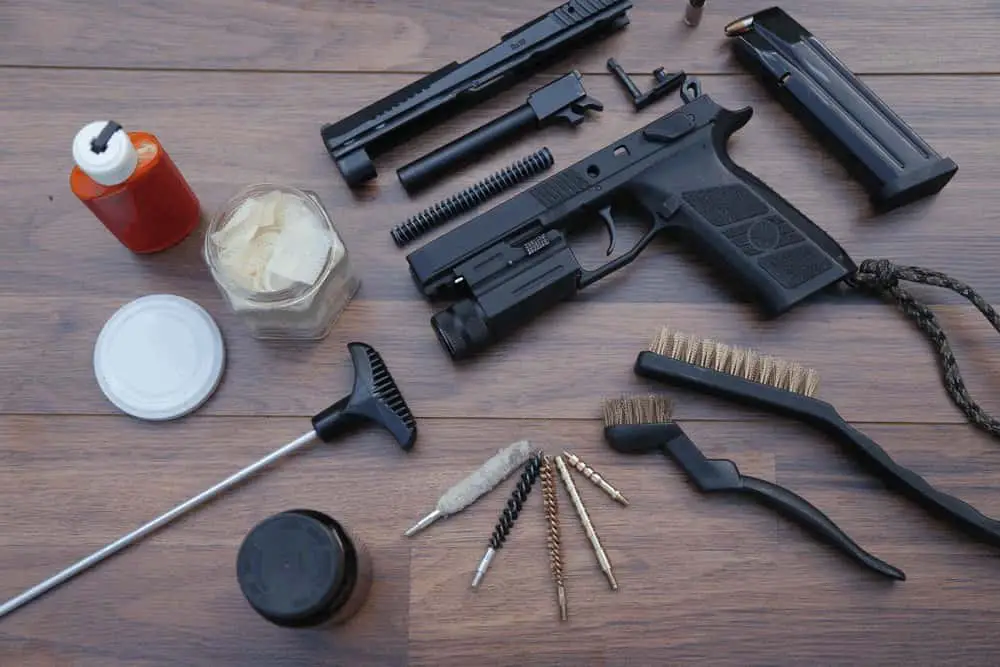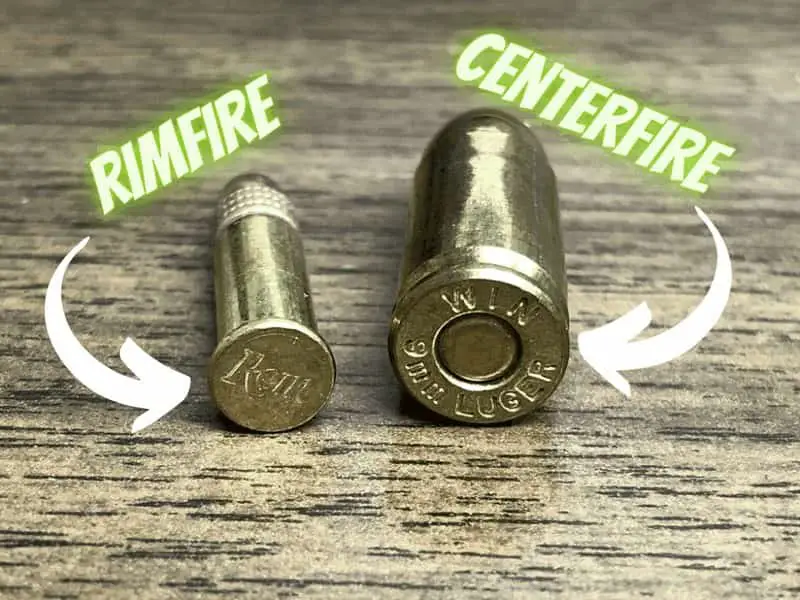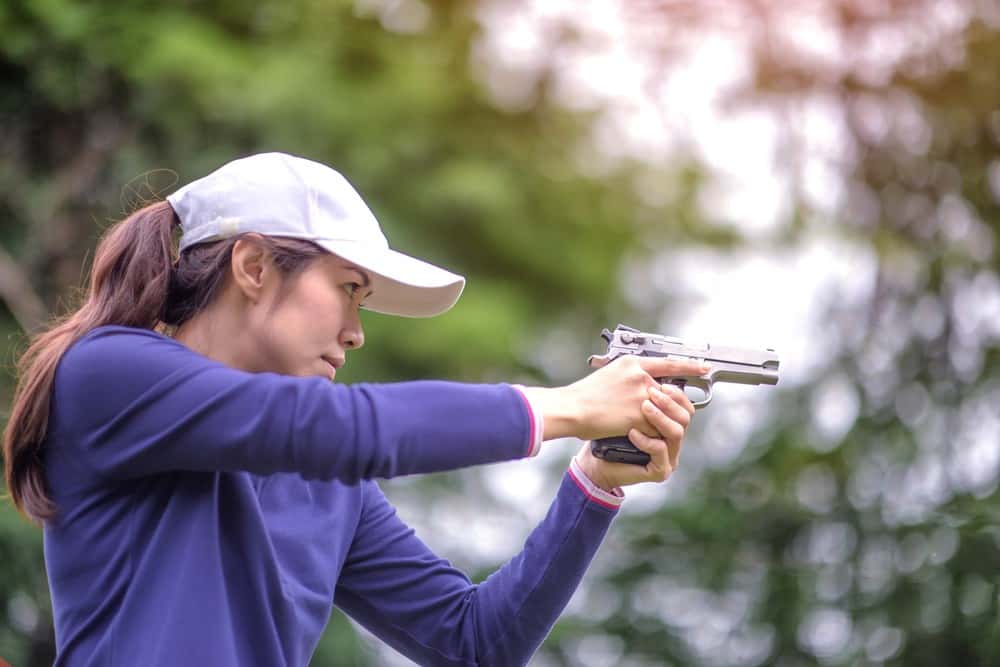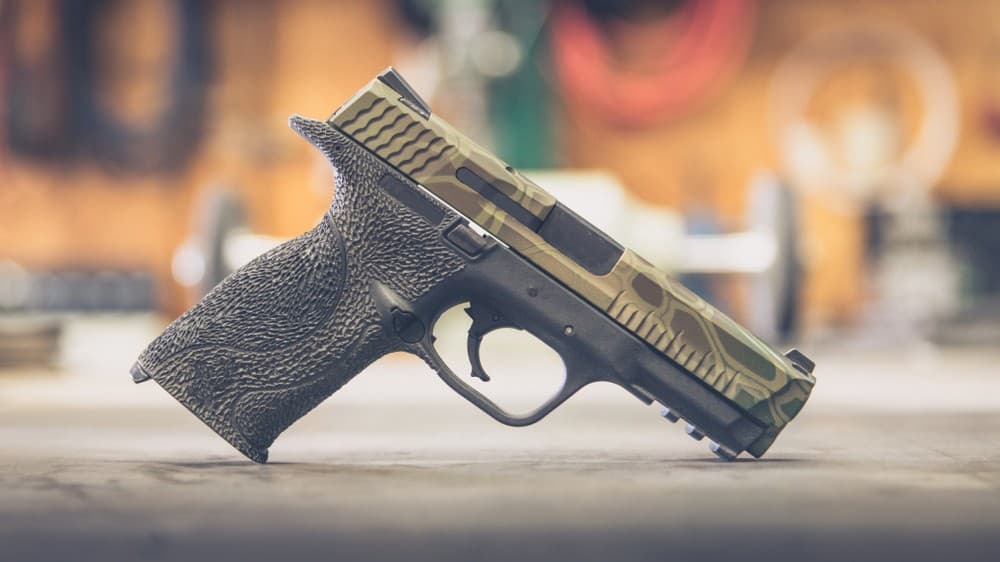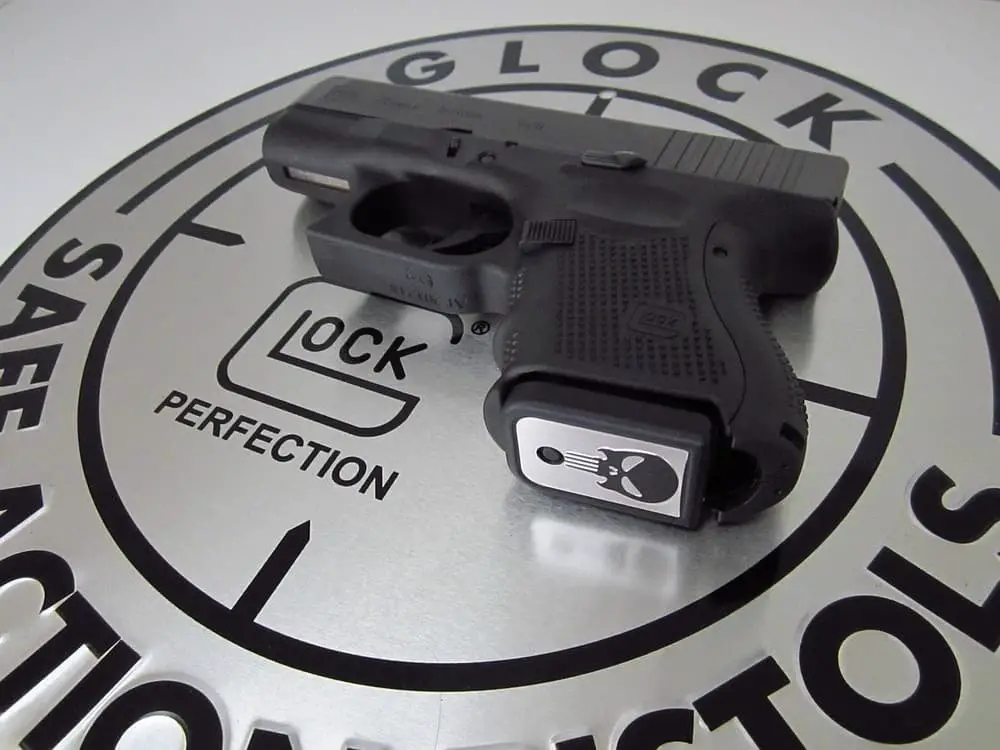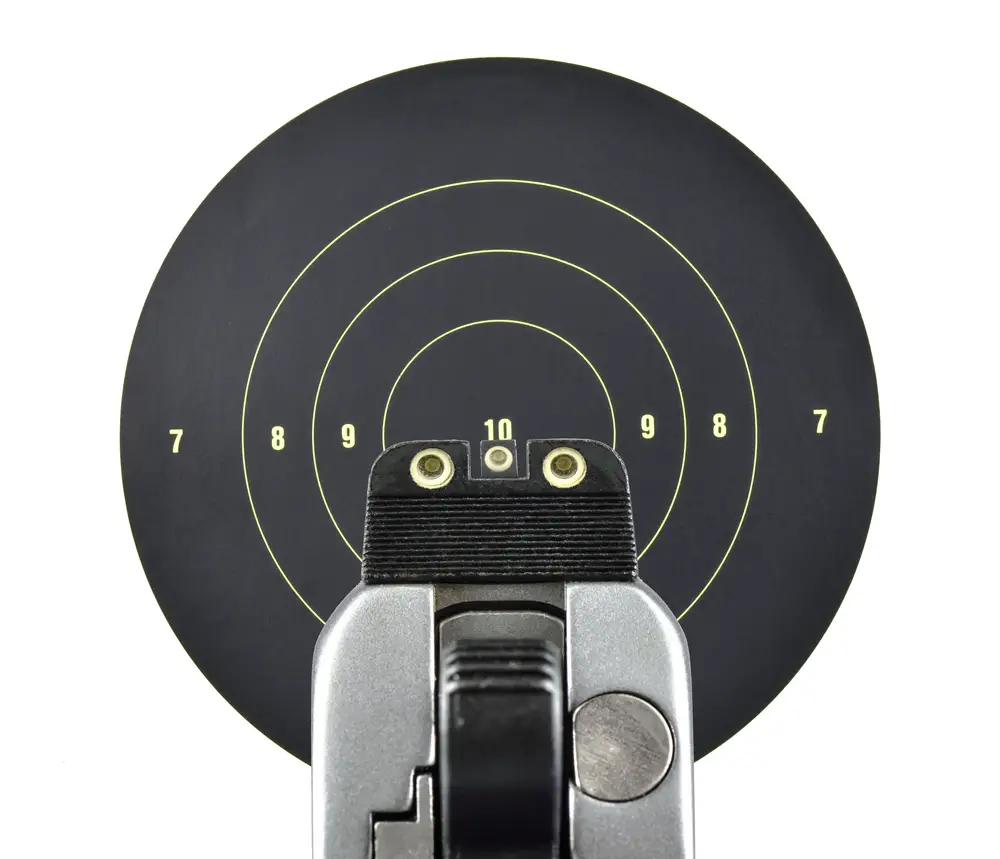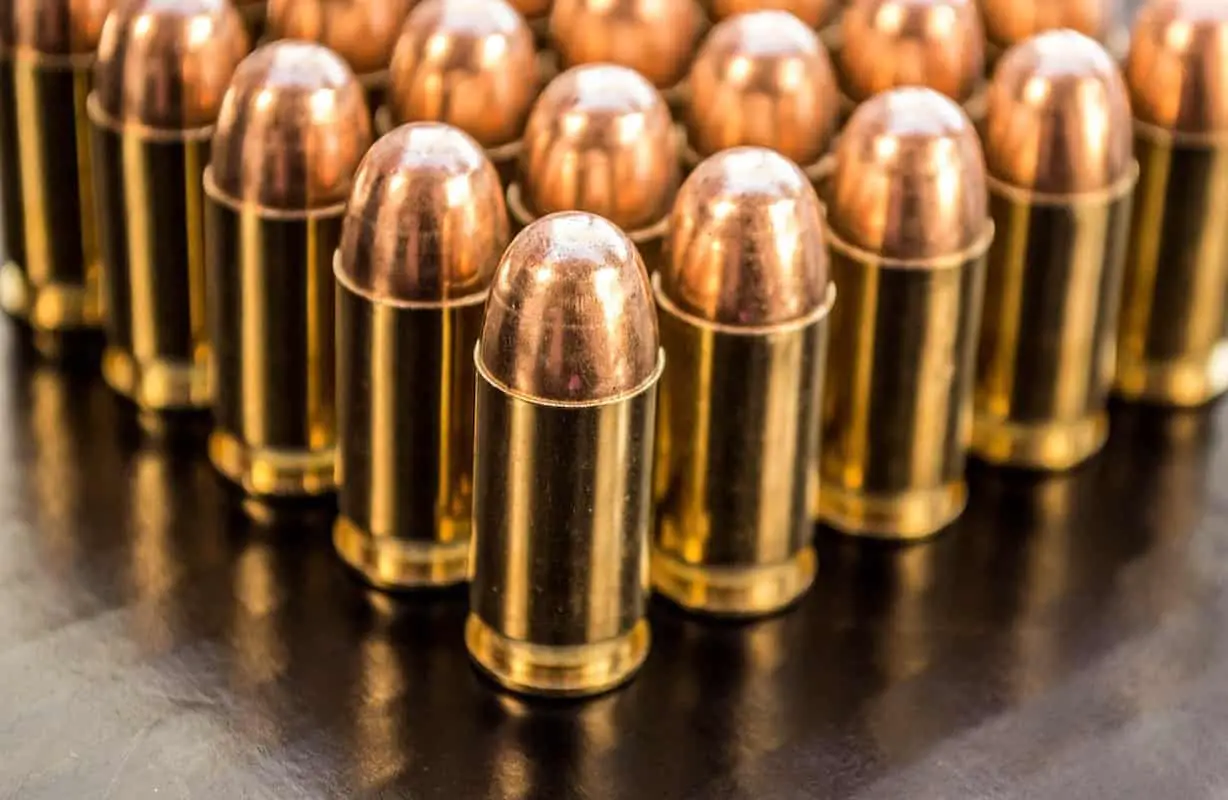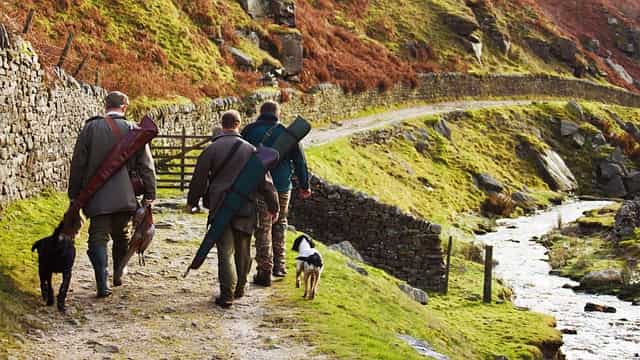
Two duck hunters are seated back-to-back in a boat, each waiting for the perfect shot. This scenario is common among hunters, but it also presents a safety concern known as the “zone of fire.” The zone of fire is the area in which a hunter can shoot without risking injury to their hunting partner.
The zone of fire is a crucial concept in hunting safety, as it helps prevent accidents that can occur when hunters are not aware of their surroundings. It is important for hunters to communicate with their partners and establish a clear understanding of each other’s zones of fire before beginning the hunt. This ensures that both hunters are aware of each other’s shooting range and can avoid accidental injuries.
In addition to communication, hunters can also utilize other safety measures to prevent accidents. These include wearing bright, visible clothing, using decoys to attract birds away from the boat, and positioning the boat in a way that minimizes the risk of accidental shooting. By following these safety guidelines, hunters can enjoy a successful and safe hunting experience.
The Importance of Safety in Duck Hunting
Duck hunting is an enjoyable and challenging sport that requires skill, patience, and the right gear. However, safety should always be the top priority for hunters. Accidents can happen in the blink of an eye, and it’s crucial to take the necessary precautions to avoid them.
Hunting Gear
When it comes to hunting gear, safety should be a top consideration. Hunters should ensure that their firearms are in good condition and properly loaded. They should also make sure that they are using the right ammunition for their firearms and that they are using the correct choke for their shotgun.
It’s also essential to wear the appropriate clothing and accessories while hunting. Hunters should wear blaze orange clothing to make themselves visible to other hunters. They should also wear ear and eye protection to protect their hearing and eyesight.
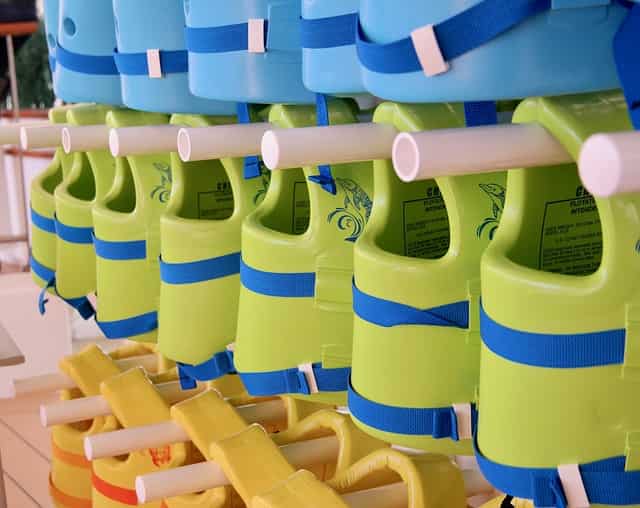
Life Jackets
Hunting near water can be dangerous, and hunters should always wear life jackets while in a boat or wading in water. Accidents can happen, and a life jacket can save a hunter’s life if they fall into the water.
Hunters should also make sure that they have the right size and type of life jacket for their body weight and the water conditions. They should also ensure that their life jacket is properly fitted and adjusted before heading out on the water.
Safety Tips
Here are some additional safety tips for duck hunters:
- Always keep the muzzle of your firearm pointed in a safe direction.
- Never shoot at low-flying birds or birds on the water.
- Always identify your target before shooting.
- Never shoot at anything that is out of range or beyond your line of sight.
- Always keep your finger off the trigger until you are ready to shoot.
- Never climb a tree or jump a fence with a loaded firearm.
- Always tell someone where you will be hunting and when you plan to return.
By following these safety tips and wearing the appropriate gear, hunters can enjoy a safe and successful duck hunting experience.
Boat Hunting and the Zone of Fire
Positioning in a Boat
When it comes to boat hunting, positioning is key. Duck hunters often use boats to move around the hunting area and get closer to their targets. However, it is important to understand how to position oneself in the boat to avoid accidents and ensure a successful hunt.
When two duck hunters are seated back-to-back in a boat, they should position themselves in a way that allows them to cover different zones of fire. The hunter in the front of the boat should be responsible for the front half of the boat, while the hunter in the back should cover the back half. This way, they can avoid shooting at each other and increase their chances of hitting their targets.
Understanding the Zone of Fire
The “zone of fire” refers to the area in which a hunter can safely shoot without endangering themselves or others. When hunting in a boat, it is important to understand the zone of fire and communicate with your hunting partner to avoid accidents.
To ensure safety, hunters should never shoot outside of their designated zone of fire. They should also avoid standing up or moving around in the boat while holding a loaded gun. It is important to keep the gun pointed in a safe direction at all times and avoid pointing it at the other hunter.
In addition to understanding the zone of fire, hunters should also be aware of their surroundings and any other boats or hunters in the area. They should communicate with other hunters to avoid confusion and ensure everyone is on the same page.
Overall, boat hunting can be a fun and rewarding experience, but it is important to prioritize safety and proper positioning to avoid accidents and ensure a successful hunt.
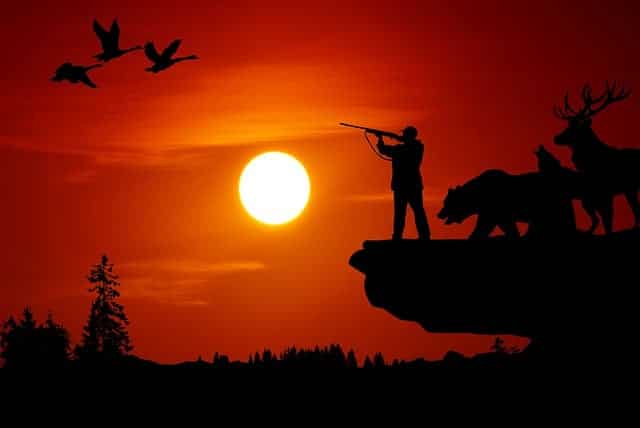
Shooting Techniques
When it comes to duck hunting, it’s essential to have a good shooting technique to ensure a successful hunt. There are two primary shooting techniques that hunters can use: the 180-degree shooting technique and the 90-degree shooting technique.
180-Degree Shooting Technique
The 180-degree shooting technique is used when the ducks are flying directly in front of the hunters. In this technique, the hunters should position themselves back-to-back in the boat. The hunter in the front should be responsible for shooting at ducks that are flying on the left side, while the hunter in the back should be responsible for shooting at ducks that are flying on the right side.
To ensure safety, it’s crucial for the hunters to communicate with each other and establish a clear boundary of the shooting zone. The hunters should aim their guns parallel to the boat and avoid shooting over the other hunter’s head.
90-Degree Shooting Technique
The 90-degree shooting technique is used when the ducks are flying perpendicular to the boat. In this technique, the hunters should position themselves side-by-side in the boat. The hunter on the left should be responsible for shooting at ducks that are flying on the left side, while the hunter on the right should be responsible for shooting at ducks that are flying on the right side.
Again, communication and establishing a clear boundary of the shooting zone are crucial to ensure safety. The hunters should aim their guns perpendicular to the boat and avoid shooting towards each other.
Overall, it’s important for hunters to practice both shooting techniques and determine which one works best for them. By using these techniques and communicating effectively with each other, hunters can have a safe and successful duck hunting experience.
| Shooting Technique | Positioning | Responsible for Shooting | Safety Measures |
|---|---|---|---|
| 180-Degree | Back-to-back | Front: Left side Back: Right side | Communicate and establish shooting zone boundaries |
| 90-Degree | Side-by-side | Left: Left side Right: Right side | Communicate and establish shooting zone boundaries |
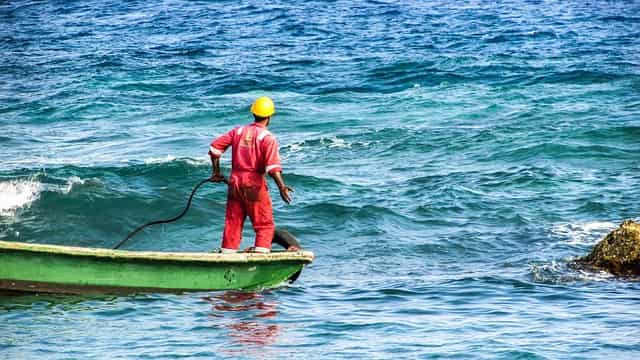
Image by Dimitris Vetsikas from Pixabay
Maintaining Balance in a Boat
When two duck hunters are seated back-to-back in a boat, maintaining balance becomes crucial. The slightest shift in weight can cause the boat to tip, which can be dangerous in water. Here are some tips for maintaining balance in a boat and dealing with tipping.
Tips for Maintaining Balance
- Sit in the center: When two hunters are seated back-to-back in a boat, they should sit in the center to distribute their weight evenly. This will help to keep the boat balanced and stable.
- Keep gear balanced: The hunters should also ensure that their gear is evenly distributed on both sides of the boat. This will help to prevent the boat from tipping over.
- Move slowly: Any sudden movements can cause the boat to tip over. The hunters should move slowly and carefully when shifting their weight or adjusting their gear.
- Stay low: The hunters should also try to keep a low center of gravity by sitting close to the floor of the boat. This will help to keep the boat stable and prevent tipping.
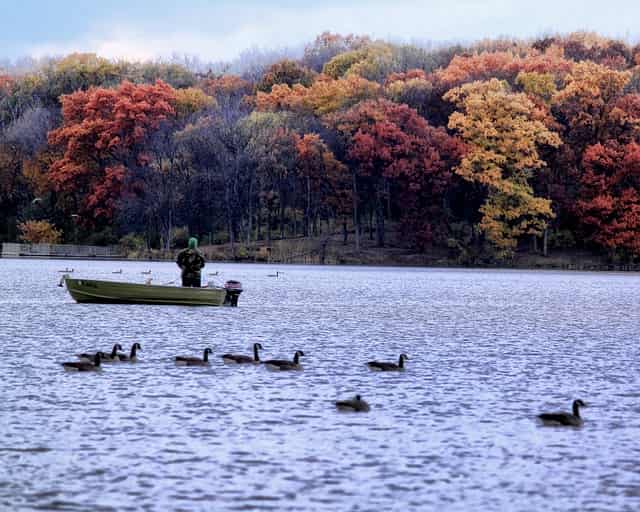
Dealing with Tipping
- Stay calm: If the boat does tip over, the hunters should stay calm and avoid panicking. They should try to keep their heads above water and hold onto the boat if possible.
- Swim to safety: Once the hunters are out of the boat, they should swim to safety. They should also try to stay together and avoid getting separated.
- Right the boat: If the boat is still floating, the hunters can try to right it by pulling it towards them and using their weight to flip it over. Once the boat is righted, they can climb back in and continue hunting.
Maximizing Your View
When it comes to duck hunting, having a clear view of your surroundings can make all the difference. By maximizing your view, you can increase your chances of spotting ducks and taking the perfect shot. Here are some tips to help you make the most of your view while duck hunting.
Positioning
One of the most important factors in maximizing your view is your positioning in the boat. When seated back-to-back with your hunting partner, it’s crucial to find a comfortable position that allows you to rotate your upper body without moving your lower body. This will give you a wider range of motion and allow you to scan the surrounding area more effectively.
Air Flow
Another important factor to consider is air flow. Wind can affect your ability to hear and see ducks, so it’s important to position the boat in a way that minimizes the impact of wind. This can be achieved by positioning the boat perpendicular to the wind, which will reduce the amount of wind hitting your face and ears.
Scanning Techniques
Once you’re in position, it’s important to use effective scanning techniques to maximize your view. This can include scanning from left to right, using a grid pattern, or focusing on specific areas of the sky. By using a combination of these techniques, you can ensure that you’re scanning the entire area and not missing any potential targets.
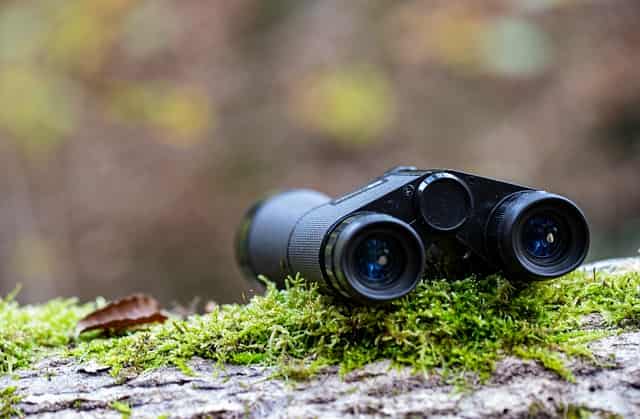
Equipment
Finally, having the right equipment can also help maximize your view. This can include binoculars, which can help you spot ducks from a distance, or a high-quality scope for your shotgun. Additionally, wearing polarized sunglasses can help reduce glare on the water and improve your overall visibility.
Conclusion
In conclusion, the “Zone of Fire” is a crucial concept for duck hunters to understand and apply in their hunting practices. As demonstrated, sitting back-to-back in a boat can create a dangerous situation if the hunters are not aware of each other’s shooting zones. By establishing a clear and defined zone of fire, hunters can minimize the risk of accidents and ensure a safe and successful hunting experience.
It is important for hunters to communicate with each other and establish a plan before beginning their hunt. This includes determining who will shoot first, establishing a safe distance between the hunters, and ensuring that each hunter’s shooting zone is clearly defined and understood by all parties involved.
Additionally, hunters should always prioritize safety over the pursuit of game. This means being aware of their surroundings, keeping firearms pointed in a safe direction, and never shooting without a clear and unobstructed view of their target.
By following these guidelines and practicing safe hunting habits, hunters can enjoy a successful and rewarding experience while minimizing the risk of accidents and injuries.

Jason Huskey
Owner of CCWClasses.net
Jason Huskey is a family man with three kids and a wonderful wife. He’s always starting new hobbies, but his true passion lies in shooting sports. Jason has been a CCW license holder for over 10 years and carries every day. In addition to firearms, he also enjoys playing guitar and writing songs. He tries to live by the Christian values he believes in.
More things you might enjoy…
Can a 38 Special Shoot 357 Rounds?
Image by MikeGunner from Pixabay I’ve long since discovered that very few activities give me the same thrill and sense of security as firing a gun. As a gun owner and enthusiast, I’ve always been curious about which guns can shoot which kinds of ammunition. I have a Derringer five-shot revolver that uses .22 rounds.…
Who Makes the Most Popular Brands of Ammo
If you are here to figure out who makes Herter’s ammo just look below the following table for a more thorough answer. If you are looking for a specific type of ammo, then you need to start by figuring out who makes it. There are lots of options for ammunition and each type of bullet…
What Does Full Metal Jacket Mean?
If you have heard the term full metal jacket, then you might be wondering what this means. I know that growing up, I heard this term a lot. I dismissed it as some sort of saying or cliche. Eventually, I decided that I needed to figure out what people meant when they use this term.…
How Often Should You Clean Your Gun?
After purchasing a firearm, you might wonder how often you should clean your gun. The truth is that it largely depends on how often you use it and where you live. Keep reading to learn more. How Often Should You Clean Your Gun? The short answer: do a light cleaning after every shooting session and…
What Is The Main Difference Between Centerfire And Rimfire Ammunition?
Rimfire vs Centerfire Everyone has to start somewhere. If you’re new to guns, learning the difference between rimfire and centerfire ammunition is important. Let me backtrack a moment. The first time I went out on the gun range, I had zero idea that there were different types of ammo for different types of weapons. All I knew…
Continue Reading What Is The Main Difference Between Centerfire And Rimfire Ammunition?
How Should You Hold a Handgun for Maximum Accuracy?
Whether it’s for sport or you find yourself in a defensive situation where you need to use a handgun, how you hold it will significantly affect your accuracy. Developing your handgun techniques will help you become a better shot and keep you safe. Read on to learn the answer to the question: How should you…
Continue Reading How Should You Hold a Handgun for Maximum Accuracy?
What Is Stippling On A Gun?
Hey, would you like a more firm grip on your gun? Would that help you shoot better? Well that is what stippling is for. Stippling is a modification to the grip that makes it, well, more grippy. It is done by sanding off the original finish and then using a hot soldering iron to make…
What Is A Centerfire Pistol?
To answer the question: “What Is A Centerfire Pistol?”, you must first understand that there are two main types of ammunition: Centerfire Rimfire These ammo categorizations are based on where the firing pin hits the back of the bullet to make it fire. A centerfire pistol is one where the firing pin strikes the center…
Is It Bad To Dry Fire A Glock?
There are loads of myths and assumptions surrounding handguns. If you grew up around guns, you probably heard some of these myths. Today, we will answer the question: Is it bad to dry fire a Glock. The Quick Answer Dry firing modern centerfire guns is completely fine (this includes most Glocks). The firing pin does…
What Is The Sight Picture?
When you first became interested in shooting you probably heard the terms sight picture and sight alignment being thrown around. Most people tend to use the two terms interchangeably; however, they do not mean the same thing. In this guide, I will make a clear distinction between sight picture and sight alignment. To master any new trade, you must…
What is Ball Ammo
When you hear the term “ball ammo” you may be picturing an actual ball. While the term did originate from ball shaped ammo, that’s not what it means today. Most ball ammo today is cylindrical in shape. It will have a lead core coated with copper. Keep reading to learn all about the history and…
